Corn Planting Depth & Emergence
Studies across the U.S. have found optimum corn seeding depths to vary from 1 to over 3 inches depending on soil texture, moisture, temperature and seeding date.
Learn MoreWe know that continually raising the bar on yield is important and that no two acres are alike. That's why we breed, test and deliver local support with you in mind. Get insights and recommendations focused right here in the West — so that you can be at your best.

Set yourself up for a successful 2025 growing season with the latest agronomy insights, crop management tips, and more.
Adam Owens
Pioneer Field Agronomist
Texas

The number one factor to high yields is rapid and uniform seed emergence and stand establishment. Slowing the planter down to plant at a pace that’s within the capabilities of your planter is paramount to obtaining a high-quality stand. We are aiming for our seed depth to be around 2” but if we need to go deeper to plant into good moisture then that’s certainly acceptable. We should check our planter at least once in each field to ensure the planter is performing the way we expect it to perform. Evaluate residue cleaners, planting depth, press wheels, and your closing system to ensure good seed-to-soil contact so we can obtain high quality stands.
For decades we have used 50 degrees as the right soil temperature to start planting corn. However, with improvements to our 10-day forecasting, seed treatments and hybrid vigor, the more important piece of information to be focused on is our day Growing Degree Unit (GDU) accumulation totals. If we want rapid and uniform emergence, aim for our 5-day GDU accumulation total to be over 70 GDU’s.
A strong start requires the right nutrients applied at the right rate, at the right place at the right time! Consider utilizing starter fertilizer to give seedlings an early boost, especially in cooler soils where nutrient uptake can be slow. Banding nutrients like phosphorus near the seed improves root growth. Zinc and Sulfur also play a critical role in early plant health and vigor.
Uneven emergence can cost us yield. Every plant needs to emerge uniformly and rapidly. We are aiming for plants to emerge within 12-24 hours of its neighboring plants for optimal performance. Having consistent down pressure, planting depth and good seed-to-soil contact helps avoid variability. Monitoring our weather forecasts and planting into a good warming trend can help ensure rapid early growth. Feed these rockstar seedlings with the proper nutrition to carry you through the season. You can’t have a 400-bushel crop without a stand of equal quality!
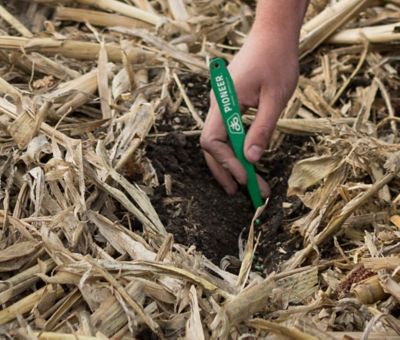
Studies across the U.S. have found optimum corn seeding depths to vary from 1 to over 3 inches depending on soil texture, moisture, temperature and seeding date.
Learn More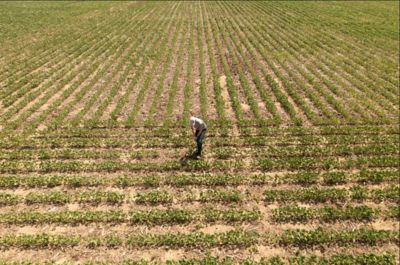
A dense soybean canopy can help suppress weeds; a benefit that may be more important to consider as herbicide-resistant weeds become more prevalent.
Learn More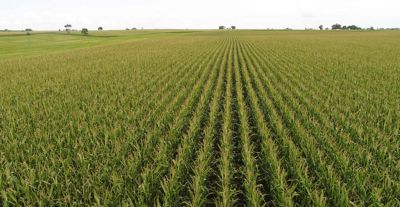
Which planting depth is best for different soil textures? We went to the field to find out.
Learn More
Soil temperature of at least 50º F at 2-inch depth. Ideally a warming trend in the 3-5 day forecast. Germination and root development will not occur below 50º F.
Learn More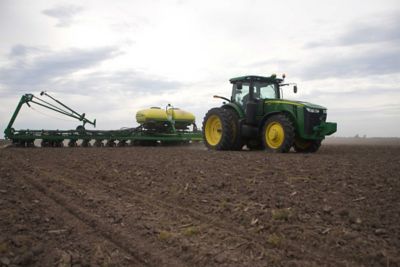
Compare days to Growing Degree Unit (GDU) accumulation at reproductive stages of soybean growth among different planting dates.
Learn More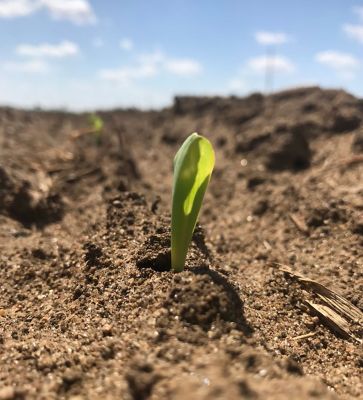
Staging a corn seedling - each leaf stage is defined according to the uppermost leaf whose leaf collar is visible.
Learn MorePioneer Field Agronomist Ron Joiner provides spring planting tips and considerations for growers. As growers move from field to field, they should be monitoring planter depth, which can impact emergence patterns and result in yield loss.
02:42
Pioneer Field Agronomist Ron Joiner provides spring planting tips and considerations for growers. As growers move from field to field, they should be monitoring planter depth, which can impact emergence patterns and result in yield loss.
You’ve heard about our industry-leading genetics and yield protection traits in the bag. But do you know about the added value you get when choosing to plant Pioneer® brand products? Hear more about the tools and knowledge Pioneer delivers to help growers in the West. place the right products on the right acres.

Take a Program Approach and Save with TruChoice® Offer
We know every acre is unique. With the TruChoice® offer, farmers can fund their account and spend their savings on over 100 Corteva Agriscience™ crop protection products. Products include herbicides, fungicides, insecticides, nitrogen stabilizers, and more. Visit your local retailer and discover more savings today.
The foregoing is provided for informational use only. Please contact your Pioneer sales representative for information and suggestions specific to your operation. Product performance is variable and depends on many factors, such as moisture and heat stress, soil type, management practices and environmental stress, as well as disease and pest pressures. Individual results may vary. Multi-year and multi-location data are a better predictor of performance. DO NOT USE THIS OR ANY OTHER DATA FROM A LIMITED NUMBER OF TRIALS AS A SIGNIFICANT FACTOR IN PRODUCT SELECTION.
Pioneer corn performance data for the Northern Plains region is an average of comparisons from calendar year made in the states of western Kansas, Oklahoma, Texas, New Mexico, Arizona, California, Wyoming, Utah, Colorado, Montana, Idaho, Washington, Oregon and Nevada through March 26, 2024. Comparisons are against all comparisons and competitor brands, unless otherwise stated, and within +/- 3 CRM of the competitive brand.
